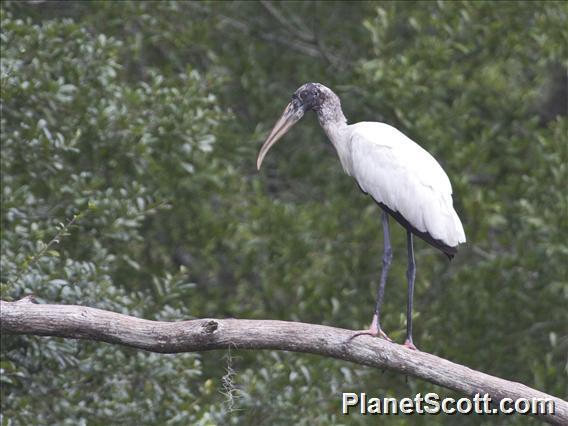Wood Stork (Mycteria americana)

Wood Stork (Mycteria americana)
×


Wood Stork (Mycteria americana)
About Wood Stork (Mycteria americana)
- Kingdom: Animals
- Phylum: Chordates
- Class: Birds
- Order: Pelicans
- Family: Storks
The wood stork is a large wading bird in the family Ciconiidae (storks). Originally described in 1758 by Carl Linnaeus, this stork is native to the subtropics and tropics of the Americas where it persists in habitats with fluctuating water levels. It is the only stork species that breeds in North America. The head and neck are bare of feathers, and dark grey in colour. The plumage is mostly white, with the exception of the tail and some of the wing feathers, which are black with a greenish-purplish sheen.
Source: Wikipedia
Visits
-
2002-06-10
Tehualmixtle, Mexico -
-
2008-01-07
La Tovara, Mexico -
2009-01-18
Lamanai Ruins River Trip, Belize -
2009-02-18
Parque National Palo Verde, Costa Rica -
2009-03-18
Mogue, Panama -
2011-07-10
Santa Fe River, United States of America -
2011-07-15
Pantanal, Brazil -
-


